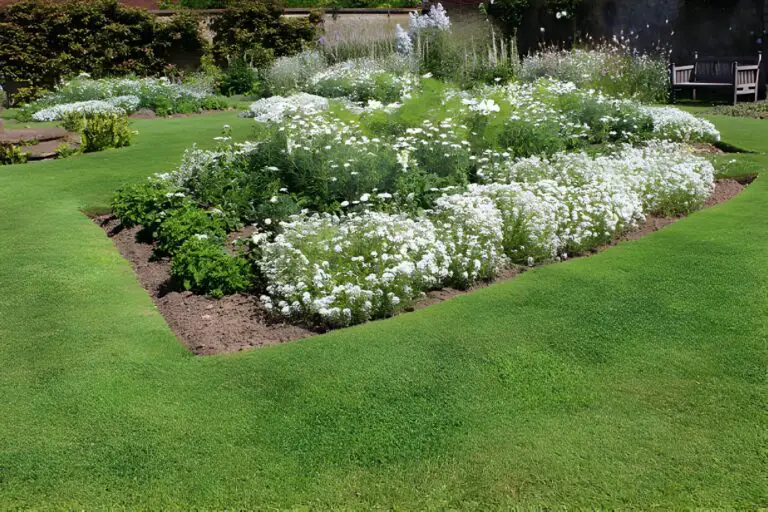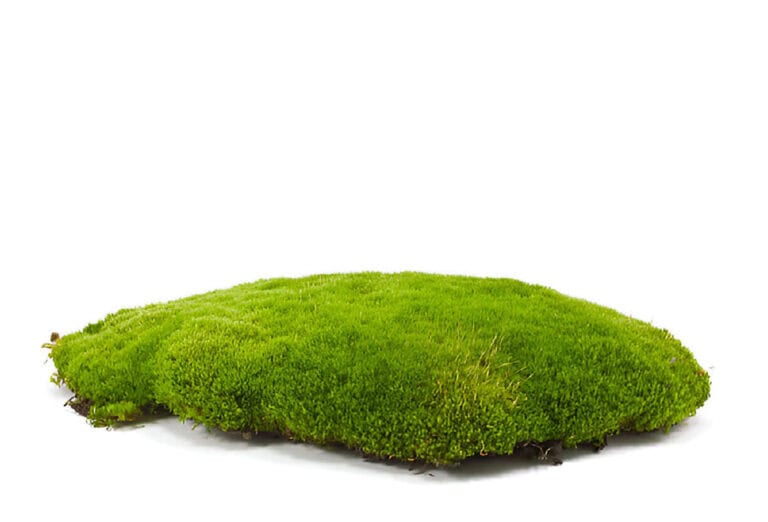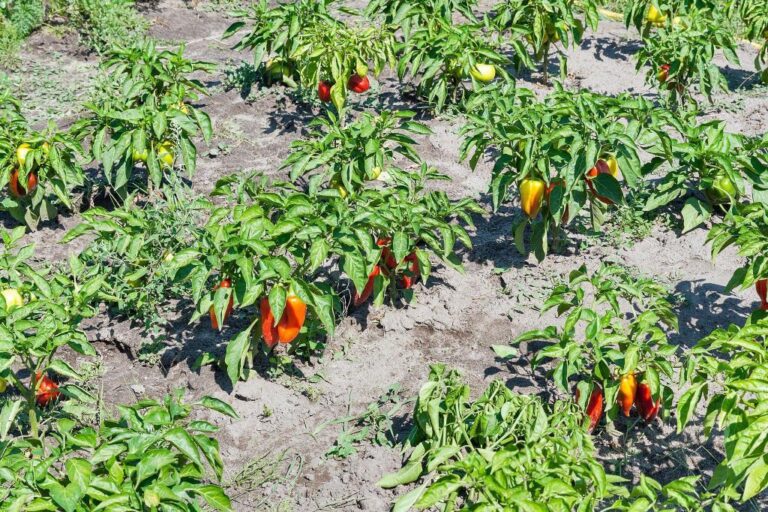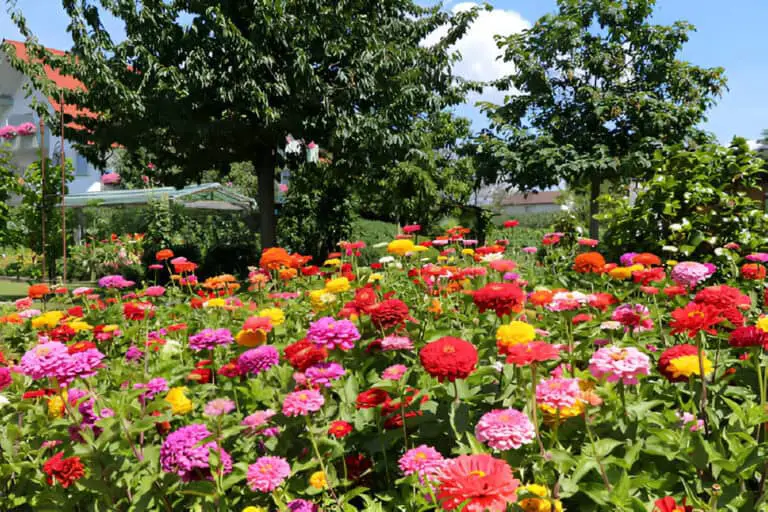How to Prevent Grass From Growing in Gravel (Say Goodbye to Weeds)

Does your landscape feature gravel? Whether it’s used on a sidewalk, flowerbed or elsewhere, you may discover grass growing from underneath the small rocks.
When this occurs, it can create a messy-looking landscape while simultaneously jeopardizing the health of your trees and “good” plants. With a little work, however, you can prevent grass from growing in gravel.
As a homeowner with a penchant for landscaping, I’ve found that maintaining a pristine gravel area can feel like trying to hold back the tide. Grass and weeds seem to have a knack for finding their way into gravel beds, turning what should be a beautiful, clean space into a chaotic patchwork of green. However, with a little know-how and some elbow grease, I’ve learned how to keep those unwanted invaders at bay.
Let me share my journey with you, packed with practical tips, tricks, and a few personal anecdotes along the way.
Understanding the Challenge: Why Grass Grows in Gravel
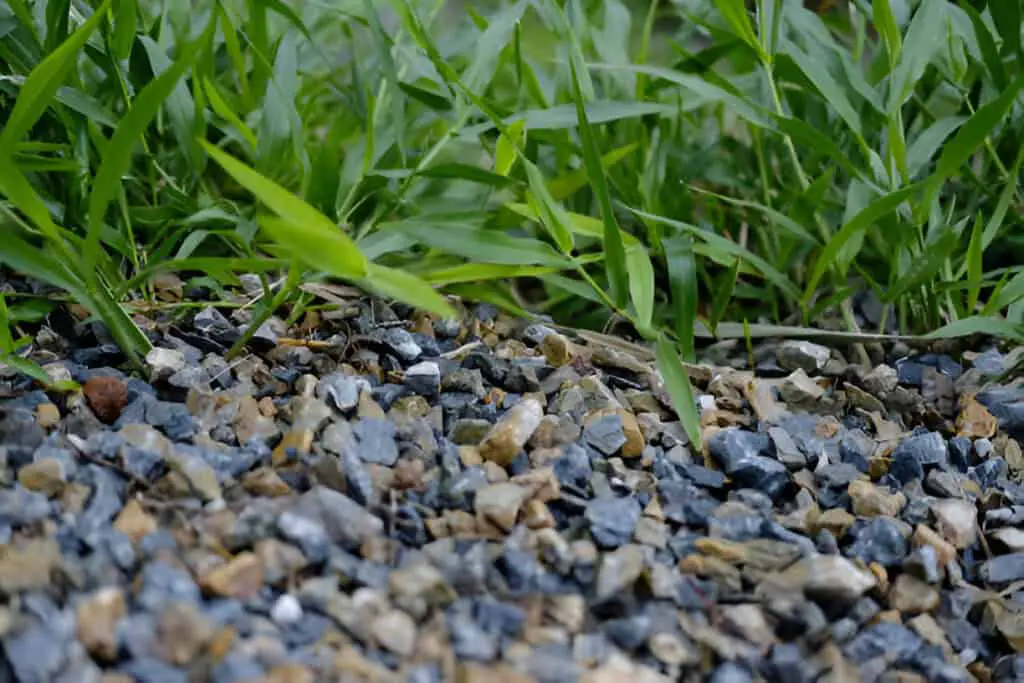
First off, let’s tackle the why. Gravel may seem like an inhospitable environment for grass, but it actually provides a perfect breeding ground for unwanted vegetation. Gravel areas retain heat, allow for excellent drainage, and often contain just enough nutrients to support growth.
When seeds get blown in, they find a cozy home to germinate, and before you know it, your gravel is sprouting grass like it’s the next botanical wonderland.
The key to prevention is understanding what makes your gravel so appealing to grass. Here are some common reasons grass thrives in gravel:
| Reason | Explanation |
| Heat Retention | Gravel absorbs and holds heat, creating a warm environment. |
| Drainage | Good drainage means seeds don’t drown; they get a chance to grow. |
| Nutrient Availability | Some gravel can contain nutrients that help seeds sprout. |
| Wind Transport | Wind can easily carry seeds into gravel areas, promoting growth. |
| Check out: Why Grass Keeps Dying in the Same Area |
Getting Ahead of the Game: Prevention Techniques
When it comes to keeping grass out of your gravel, prevention is the name of the game. Here are some tried-and-true methods I’ve implemented that have made a world of difference in my garden.
1. Install a Landscape Fabric Barrier
If you’re starting fresh or renovating your gravel area, consider laying down a landscape fabric barrier. This sturdy material acts like a shield against weeds, allowing water and nutrients to penetrate while blocking out pesky seeds.
Here’s how I do it:
- Clear the Area: Remove any existing grass or weeds.
- Lay the Fabric: Roll out the landscape fabric across the area, overlapping edges by about 12 inches.
- Secure It Down: Use landscape fabric pins or stakes to keep the fabric in place.
- Add Gravel: Finally, spread your gravel on top of the fabric, creating a tidy and weed-resistant surface.
2. Choose the Right Gravel Size
Believe it or not, the size of your gravel can impact weed growth. Opting for smaller gravel pieces can create a denser surface, making it harder for grass to establish roots. I learned this lesson the hard way when I used larger gravel, which left plenty of gaps for those unwelcome invaders to settle in.
3. Regular Maintenance: Stay Vigilant
Even with preventive measures in place, it’s crucial to keep an eye on your gravel. Regular maintenance can make all the difference. Here’s my routine:
- Weekly Inspections: I stroll through my gravel areas weekly, looking for any signs of grass or weeds trying to poke through.
- Quick Removal: If I spot any green sprouts, I pull them out immediately, roots and all. It’s amazing how quickly they can spread if I let them take root.
4. Mulch: A Protective Layer
Using mulch in combination with gravel can offer an extra layer of protection. Organic mulch, such as wood chips or bark, helps retain moisture and suppresses weed growth. Here’s how I apply it:
- Spread a Layer: After laying down the gravel, I sprinkle a thin layer of mulch on top. This not only adds beauty but also deters those pesky seeds.
- Refresh Regularly: I replace the mulch as it breaks down, ensuring the protective layer stays effective.
5. Spray With Herbicide
Of course, you can also use an herbicide to keep grass out of your gravel.
Some homeowners spray their gravel with an herbicide before laying or pouring it in their landscape, whereas others spray their gravel after laying or pouring it in their landscape.
Regardless of which method you choose, herbicides should prevent most grass from growing in your gravel.
| Also read: How to Prevent Grass From Sticking to Your Mower Deck |
The Power of Natural Solutions
Sometimes, I prefer to take a more natural route. There are several methods you can use to deter grass growth without harsh chemicals.
6. Vinegar: A Natural Herbicide
I keep a spray bottle of vinegar handy for any weeds that dare to show their faces. Vinegar is an effective natural herbicide that I use carefully to target only the unwanted greenery.
- Mix and Spray: I mix vinegar with water in a spray bottle and apply it directly to the grass or weeds on sunny days. The acidity does a great job of killing them off without harming the surrounding gravel.
7. Boiling Water: A Simple Solution
This might sound a bit extreme, but boiling water can be a game-changer for stubborn weeds.
- Cook and Pour: I simply boil water and pour it directly onto the unwanted grass. The heat scorches the plants and their roots, making them a thing of the past.
8. Use Salt Sparingly
I’ve also experimented with salt as a weed deterrent. However, I use it sparingly, as salt can harm nearby plants if applied carelessly.
- Create a Saltwater Solution: I mix salt with water and use it as a targeted spray for troublesome weeds. The results can be quite effective!

